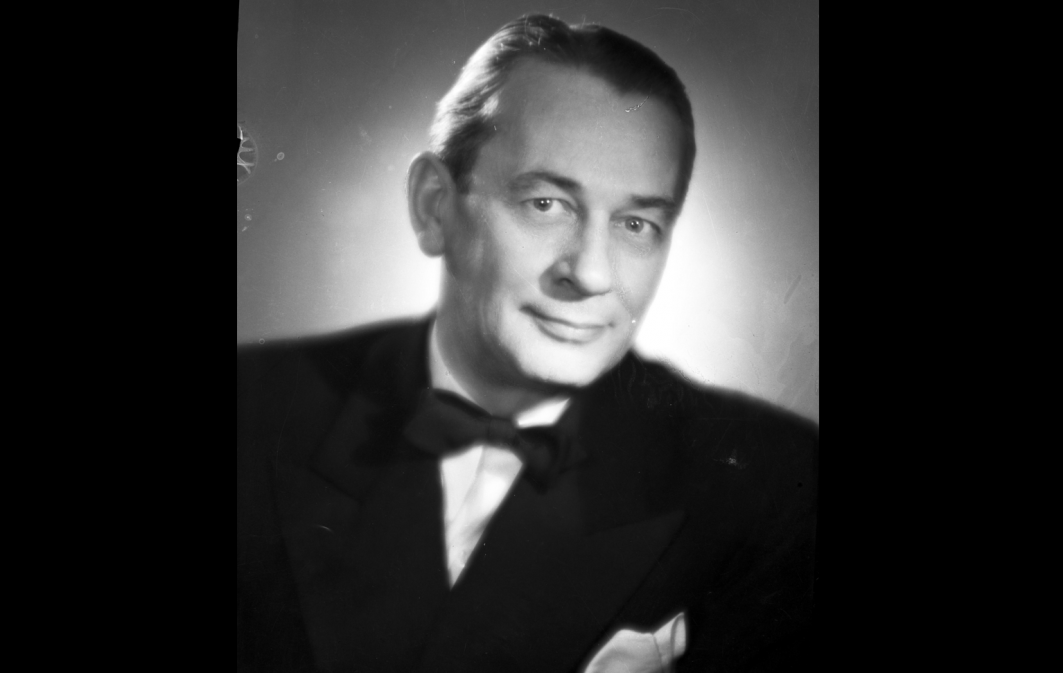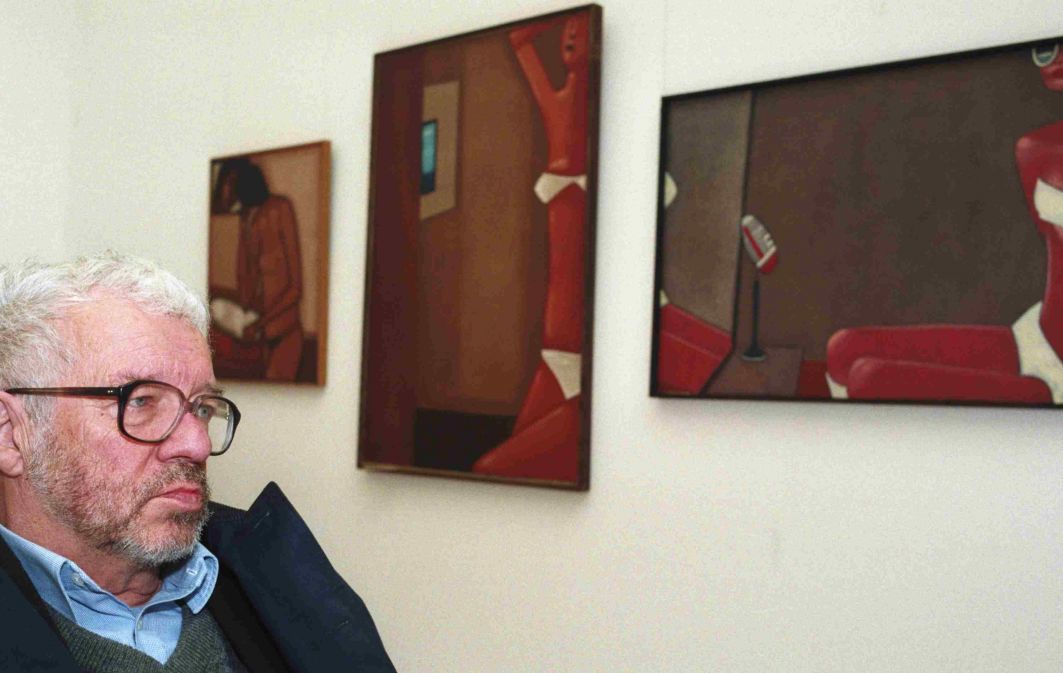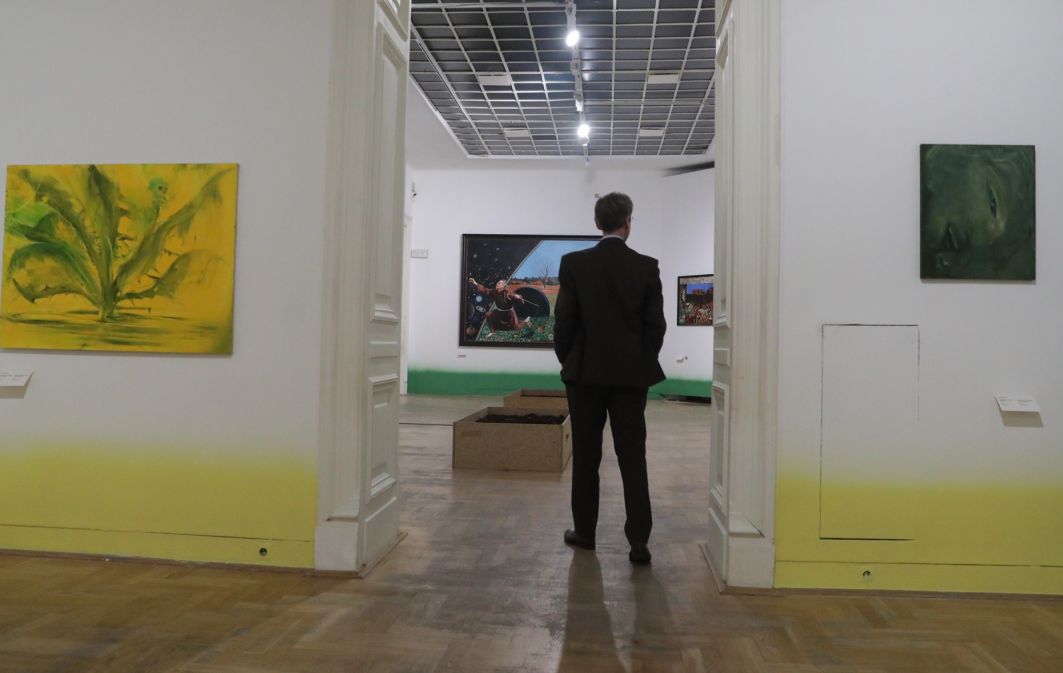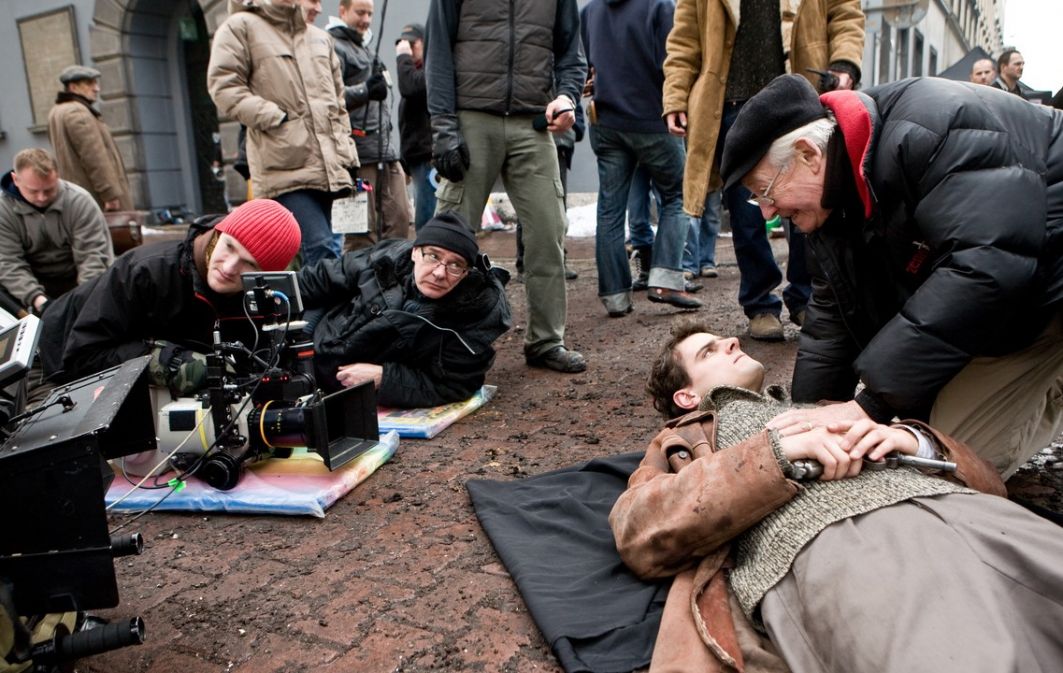In this "painter-like" attitude to the screen he resembled several other masters of cinema -- our own, Polish Andrzej Wajda, for example. It was not without reason that Wajda visited the country of the Samurai seven times. He had loyal fans and friends in Japan and repaid their friendship by initiating the establishment of Krakow’s Manggha Museum of Japanese Art and Technology in 1994.
"In Japan, I met people close to my heart," the Polish artist wrote. "They have all the features that I wanted to develop and cherish in myself throughout my life: seriousness, a sense of responsibility and honor, and the need for tradition." Wajda wrote these words in 2000.
Lost in Translation
Do you remember the film "Lost in Translation" by Sofia Coppola?
Twenty years ago, this picture took the world by storm, becoming one of the rocket stages that launched Scarlett Johansson's career into the stratosphere.
 SIGN UP TO OUR PAGE
SIGN UP TO OUR PAGE 
But I'm not going to write about this particular cinematic masterpiece. My concern is the inability of Western man to penetrate the soul, mentality or even the culture of the Japanese.
Despite the many apparent links that today's increasingly technical and unified modernity offers to both, the Land of the Rising Sun remains an enigma to the West. Japan has long defended its leading position in the race of technical progress. Yet, although other powers may have recently taken over the lead, the country is still associated with prosperity gained at the expense of a workaholism that is often considered to be a national attribute.
Lech Wałęsa's promises that "we will build a second Japan in Poland" have gone down in the history of political fanfaronade. What is funny is how, many years later, during the celebration of the 20th anniversary of the Manggha Museum in Krakow, Poland’s President Bronisław Komorowski also noticed common features shared by the island empire in the Pacific Ocean and our country. He concluded that what most characterized this was the fact that both countries were modernizing without losing touch with their traditions and culture.
Blessings from Fuji
I wonder what it is today that connects not just us, but Western civilization as a whole, with the values the average Japanese person still adheres to?
The average European or American will probably consider manga comics, anime films, sushi bars and ramen soup as a common good. A more refined Westerner will undoubtedly cite Japanese art, which became fashionable with the "discovery" of Ukiyo-e graphics, i.e. "Pictures of the Floating World". They might also mention Ikebana -- the art of flower arrangement that at one time was the pinnacle of florist craftsmanship. Then, of course, there is the mystique of Zen gardens, those gardens of a dry landscape that serve as places of contemplation at temples and private mansions and are also cultivated in Europe in public places and on the private estates of followers of Far Eastern religions, many with pretensions to spirituality. Not to be left out is the art of folding paper into unexpected forms called Origami (a skill, it should be noted, that is of Chinese origin), promoted by centers for developing the artistic abilities of children and senior citizens.
Close to body
The revolution in fashion that took place in the 1980s thanks to Japanese designers cannot be overlooked either. They turned traditional European tailoring upside down. The leaders of this coup were Hanae Mori, Issey Miyake, Rei Kawakubo, Kansai and Yohji Yamamoto. To start with they successfully attacked Paris. They found a favorable climate there. The pioneering ventures of Japanese designers coincided with a growing anarchist mood in many other artistic fields. And also in customs and politics.
The boom took place in the 1980s. The tailoring avant-garde from the Land of the Rising Sun slotted perfectly into the time between post-pop, punk and grunge. The main advantages? They rejected the previously exposed proportions of the human body in the costume. They created "alternative" creations -- textile sculptures, somewhat contradicting the form of the human figure. They rejected Western tailoring patterns. Instead, they proposed a draped outfit, without seams, with slits in strategic places.
If someone thinks I have forgotten about the merits of Kenzo Takada (in Europe known only by his first name), I haven’t. Kenzo, who died two years ago (October 6, 2020) due to Covid-19, was undoubtedly a pioneer of Japanese fashion as adapted to Western needs. Born in Kyoto in 1940, he was the first of the great [Japanese] designers to risk moving to Paris in 1964. Six years later he opened his first boutique there.
However, he was not the only pioneer who paved the fashion trails for his compatriots in the West. The kimono had appeared before him. Traditional, embroidered in intricate patterns. In the 19th century, the Impressionists, followed by salon trendsetters, fell in love with the Far Eastern costume. At first, it was mainly elegant women who dressed in kimonos, posing for photographs or portraits stylized to resemble a geisha.
The kimono, as a practical and comfortable garment, has survived to this day in men's and women's versions, although much less decorative than the original. It is sometimes used at home or on the beach, under the common name of a bathrobe.
Impressionists impressed
We like the exotic, which we... have tamed. About a century and a half ago, Japonism took over European art so effectively that certain images seem familiar to us "forever"
You probably know them?
For example, subtle ladies in kimonos shading themselves with umbrellas under cherry trees sprinkled with pink flowers? Or the face of a kabuki actor contorted with an overly-expressive grimace? Or, and this one is the most famous image, a huge wave, menacing and spectacular, with Mount Fuji visible in the distance.
Even someone who does not know the names of the authors of these prints will know the country of their origin: Japan.
Let us recall: this was a world closed to the West for over two hundred and fifty years. Only a small Dutch trading post had the right to export lacquerware, porcelain, handicrafts and artistic products from Japan to the European market. Japan's self-isolation was interrupted by the Katanagawa Treaty enforced by the United States. It was then, in 1854, that the exchange of goods between the Land of the Rising Sun and the Western world began. It was then that for some [Western] artists, Ukiyo-e woodcuts became a revelation, turning their perception of reality upside down. This is particularly evident in the achievements of two artists -- Vincent van Gogh and Henri de Toulouse-Lautrec. But also the "original" Impressionists, the predecessors of these two reclusive geniuses, were inspired by Ukiyo-e. Particular merit should be attributed to Mary Cassatt, an American painter and graphic artist active in France at the end of the 19th century. But she was not the only one who fell in love with the Japanese art in the French capital.
Let me remind you of some of our own most outstanding artists such as Olga Boznańska, Józef Pankiewicz, Władysław Ślewiński, Leon Wyczółkowski, Wojciech Weiss… Thanks to Paris, they were too infected with Japanese fever – some for shorter period, some for longer…

 SIGN UP TO OUR PAGE
SIGN UP TO OUR PAGE 




